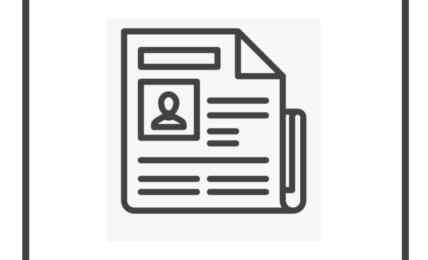IBM announced today the acquisition of renewables-focused asset performance management (APM) software provider Prescinto, in a move described by the company as aimed at furthering its leadership in the energy and utility space, as the industry seeks solutions to manage and optimize wind, solar, and other renewable energy storage assets.
Founded in 2016, India-based Prescinto provides software products to improve the performance and efficiency of clean energy projects. The company’s APM software as a service (SaaS) solutions leverage artificial intelligence (AI) to enable advanced monitoring, analytics, and automation to streamline renewable energy operations and manage clean energy and storage assets. Key capabilities of its APM solutions include data capture, monitoring features for centralized visualization of assets with high-definition maps, real-time monitoring, and custom alerts, AI-based analysis to identify losses, visualize data trends, and offer actionable recommendations to increase performance, and action prompts to manage and deploy teams to repair and maintain assets.
The company works with customers across 14 countries with 16 GW of solar and wind projects under management, with key clients including SoftBank Energy and Macquarie.
According to IBM, the acquisition will enhance its asset lifecycle management platform, IBM Maximo Application Suite, which uses AI, IoT, and analytics to help users across the water, natural gas, oil, nuclear, and other energy and utility sectors to optimize performance, extend the life of assets, and reduce operational downtime and costs. The acquisition follows the launch in June by IBM of Maximo Emissions Management, aimed at helping companies in asset-intensive industries to track, manage and report emissions.
In a post announcing the acquisition, IBM Software Senior Vice President of Product Management and Growth Kareem Yusuf said:
“The acquisition will further enable IBM to support clients’ sustainability initiatives and net-zero goals, allowing users to track and monitor the performance of solar, wind and energy storage assets in near real-time; identify root causes for underperformance; and recommend actions to optimize generation.
“For example, a solar power plant can become less efficient over time due to accumulated dirt and debris on its panels. Renewable APM software can use visual recognition capabilities to help monitor these assets, identify issues before they become critical, and prompt the necessary actions to restore optimal efficiency. This would allow for real-time tracking of panel performance, streamline required cleaning, and enable organizations’ prompt response before energy output decreases.”

